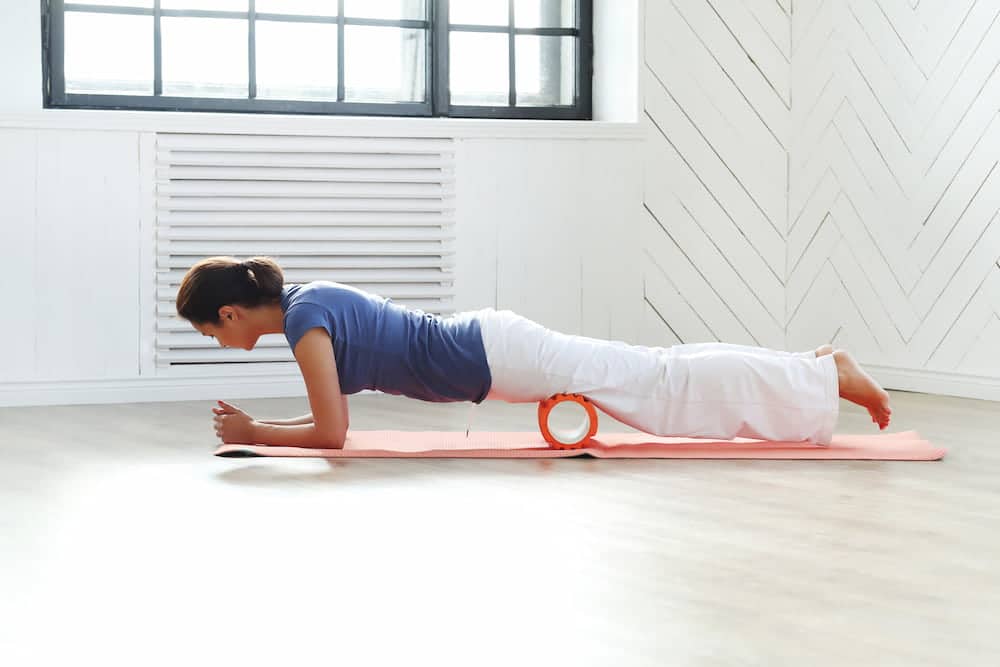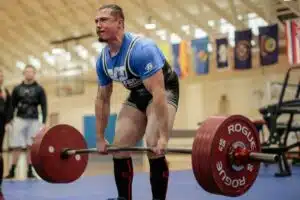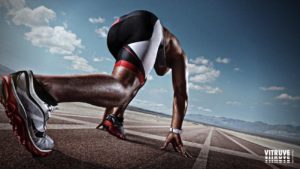Recovery strategies and techniques
Normally we talk a lot about training and nutrition. We search how to progress and perform more than ever and we investigate until we find articles with a reliable base and get the most out of it, both for our athletes and for our own workouts. Training and nutrition are two fundamental pillars and as athletes we have to keep in mind, but we cannot ignore another important aspect: rest and recovery, which is sometimes forgotten.
Recovery strategies are intended to help athletes achieve this by focusing on reducing residual fatigue and stress from training, as well as reducing potential training-related injuries. If you want to know some of the strategies and techniques that exist to achieve optimal recovery and be able to get the most out of your workouts, keep reading!
Types of rest for athletes recovery
Passive rest:
Sleep is probably the most basic and important form of passive recovery that the athlete can adopt. There is significant scientific evidence of the multiple benefits that exist for recovery in the sports field of having a good night’s rest. Athletes, due to their high energy demand, must understand the importance of adequate rest in performance, recovery and competition. In adults, the recommendations range between 7 and 9 hours of sleep per night, where health, well-being and performance may be compromised if these are reduced (Hirshkowitz et al., 2015). A greater need for sleep has been suggested in athletes to allow adequate recovery and adaptation between exercise sessions, establishing this between 9-10 hours of sleep (Bird, 2013).
Performance will suffer, both mentally and physically. Sleep deprivation can:
- Hinder fat loss process (if we are in one)
- Reduce ability to exert maximum force
- Reduce concentration levels and cognitive performance
But how can I sleep better? This is one of the doubts that very commonly arise in those who want to improve their rest, but do not know where to start. There are quite a few factors that can negatively affect sleep, so it is important that you keep these considerations in mind:
- Avoid screens at night: Use of electronic devices before bed has been associated with poorer sleep quality, loss of sleep, and increased daytime fatigue. It has been seen that the emission of blue light, such as that emitted by mobile devices can interfere with circadian rhythms and reduce melatonin production by up to 22% in 2 hours, increasing alertness and disturbing sleep (Exelmans & Van den Bulck, 2016). The effect can be greater when combined with the use of social networks, increasing the state of stimulation and emotional arousal.
- Psychosocial stress: in our day to day we are subjected to a large number of stimuli and situations that, on occasions, can produce very high levels of stress and anxiety. Knowing how to control these situations is essential, not only to ensure that it does not negatively influence our sleep, but also to achieve a better quality of life. Reflect on what your main daily concerns are and where they originate, reframe your problems or try to accept the situation if it is something you cannot change.
- Intake of stimulants: The consumption of stimulant substances such as caffeine, taken after certain hours, especially in responding subjects, can interfere with sleep due to its central action on adenosine receptors, increasing the waking state. If we do not want this to interfere with the quality of our rest, we must try to limit caffeine consumption by giving a margin of at least 6 hours between the last intake and the moment of falling asleep.
Trying to control and avoid these factors that can affect the quality of our sleep, we can and should also choose strategies such as:
- Acquire a routine and a regular schedule when going to bed and waking up, thus favoring the accommodation of our internal clock.
- The sleeping environment is important. The bedroom must be a cool, silent and dark place, thus avoiding possible interruptions in our rest. Try to keep the room at a temperature that induces sleep, below 21ºC.
- Expose yourself to sunlight during the day; Sunlight (10,000 lux) not only helps us sleep better, it also influences numerous physiological variables. For example, it stimulates the production of serotonin in the hypothalamus, improving our sense of well-being.
Without a doubt, sleep is considered to be the best recovery strategy; therefore, acquire a regular schedule when going to bed and wake up, take 20-30 minute naps or melatonin supplementation on certain occasions, which we will talk more in depth later. They can be very beneficial for the performance and health of the athlete.
Active rest:
Active rest refers to taking a break from our usual activity but training with another activity of less intensity and effort. It is about maintaining physical activity on rest days, but with much lighter workouts or activities.
Taking days of active rest, unlike a complete passive rest, favors blood circulation. Performing a light aerobic activity on rest days in a workout helps to improve and promote blood circulation, allowing blood to reach the muscles better and therefore favors muscle recovery. Better blood circulation in the muscles helps them to oxygenate better and recover from the effort made during training days.
A full day of rest is recommended for each week of training. These activity changes can range from indoor activities (visiting museums, receiving massages / sauna, swimming, etc.) to outdoor activities (20-30min of activities or sports at low intensity, hiking or cycling routes, etc)
Supplementation for athletes recovery
There are some supplements that can help you fall asleep that, as we have seen before, is essential to our recovery process. Before resorting to any type of supplement, we recommend that you try to improve your quality of sleep by modifying your habits and daily routines so that your rest does not depend on supplementation.
- Infusions: it is the most conventional option and can be taken daily. They can help you sleep better with faster sleep induction.
- Magnesium: has a calming effect on the nervous system, and multiple studies show its effectiveness in combating insomnia and facilitating sleep. Its recommended intake is 200-400mg a couple of hours before going to bed.
- Melatonin: also known as the sleep hormone. This is a hormone that our body produces naturally and that rises at night to indicate to the body that it is time to sleep, but sometimes due to external factors as we have discussed above, they can alter its appearance in the body, reducing its production. You can start with 1mg for a few days, if the problem persists, use 3-5mg doses, but do not make it a habit since after all it is a hormone and there are doubts about the long-term effects.
- Vitamin D: if you have little exposure to the sun and it is difficult for you to sleep, you may have vitamin D deficiencies. This deficiency represents the first most common nutritional deficiency in developed countries and is associated with insomnia. You can start with a dose of 1000IU a day.
Other athletes recovery techniques
Electrotherapy: We can define electrotherapy as the use of electricity in the treatment of damage to soft tissues and bones. It is used in physiotherapy and in rehabilitation processes to treat muscle, tendon, ligament and bone injuries.
The effects of the techniques used are different depending on the type of current used, but in general the main objectives of this technique: increasing blood flow to the injured area, reducing inflammation, reducing pain or as a complementary technique recovery in cases of muscle atrophy of various causes. Within electrotherapy, depending on the type of current, there are different types such as ultrasound electrotherapy, magnetotherapy, transcutaneous electrical nerve stimulation (TENS), laser.
Even knowing its benefits, if you suffer from epilepsy, diabetes, have a pacemaker or have arterial circulatory problems, among others, it is not recommended since it could be counterproductive.
Hydrotherapy: refers to the use of water, varying its temperature, in order to achieve a large number of benefits:
- It fights insomnia and stress, effectively helps natural sleep, relaxing the body and resting, allowing a deeper and more restful sleep.
- Inflammation decreases due to hydrostatic pressure.
- Promote peripheral vascular circulation.
- Physical and mental relaxation, which helps you reduce stress and anxiety states.
Depending on the water temperature, we can distinguish several types of treatments:
- Cryotherapy (cold treatment): is the strategy most frequently used to reduce the inflammatory response due to hydrostatic pressure, relieve pain or muscle injuries. A cold water immersion at a temperature of ≤15 ° C is usually performed for 10 minutes.
- Thermotherapy (hot treatment): in this case, it is recommended that the water be at a temperature> 36 ° C for approximately 20 minutes.
- Contracted bathrooms: these are bathrooms where hot water with cold water are alternated. In general, these are the most used and it is recommended that temperatures range from 10 to 15 ° C for cold baths and 35 to 38 ° C for hot baths.
Foam Rolling: it is a tool that consists of a foam roller on which we apply our body weight to perform myofascial release techniques. This form of myofascial self-release has become one of the most popular techniques in recent years. The benefits offered by performing these types of massages for muscle recovery is the release of trigger points, or that kind of “knots” that occur in different points of the muscle.

Compression helps break those trigger points and relax muscle tissues. Another benefit that has been shown in recent studies is in improving ROM (Range of Motion). On the other hand, it has been seen to negatively affect the evoked contractile properties of the muscle. The benefits of foam rolling are obtained primarily through neural and connective tissue responses.
The body weight that we exert when applying pressure to the foam roller is what we must control since at no time should it become painful. Different protocols of use are still being studied, but to start using it, you can do it through self-exploration by finding your trigger points and applying the roller or ball progressively for a few seconds.
Meditation: meditation is an ancient technique, but one that in the pragmatic culture of the West has been rejected on numerous occasions, largely due to the lack of knowledge about it. However, in recent decades science has been interested in the benefits of meditation.
In addition to its relaxing role favoring rest, there are certain studies such as that of David S Black et al. , which concludes that the use of an intervention based on meditation (standardized mindfulness practices) led to improvements in sleep quality in the immediate post-intervention period. Formal mindfulness-based interventions are clinically important as they possibly serve to remedy sleep problems among older adults in the short term, and this effect appears to translate into a reduction in sleep-related daytime impairment that has implications for the quality of rest.
Without a doubt, it is not something simple by any means, especially the first sessions, but if you are able to persist, you can change the way you understand your own thoughts and achieve a better sleep. You can start with guided sessions.
In short, recovery is a fundamental part of the adaptive processes in the preparation of any athlete. There are many more strategies and techniques that can promote your recovery after sports practice, but these are the main tools and with which we recommend that you begin to take into account to achieve optimal recovery and perform at your best in your workouts.
Bibliography
- Fernando Mata-Ordoñez1, Pedro Carrera Bastos2, Raúl Domínguez3, Antonio Jesús Sánchez-Oliver4; Importancia del sueño en el rendimiento y la salud del deportista
- Angela Calder – Recovery Strategies for Sports Performance
- Graham Z Macdonald 1 , Duane C Button, Eric J Drinkwater, David George Behm; Foam rolling as a recovery tool after an intense bout of physical activity
- David S Black 1 , Gillian A O’Reilly 1 , Richard Olmstead 2 , Elizabeth C Breen 2 , Michael R Irwin 2 ; Mindfulness meditation and improvement in sleep quality and daytime impairment among older adults with sleep disturbances: a randomized clinical trial











